Latest news from the world of marking, labeling and code verification systems
In our news section, you can find out everything you need to know about the latest developments, technologies and trends in the field of industrial coding and marking. Stay informed about innovative solutions, best practices and important information.
Filter for categories
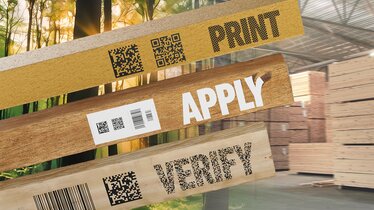
News
Reliable marking for the wood value chain
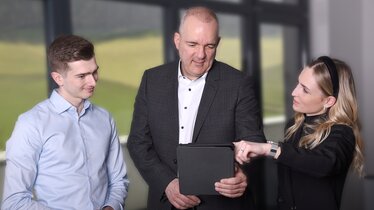
News
Change of management at REA Elektronik heralds a new era
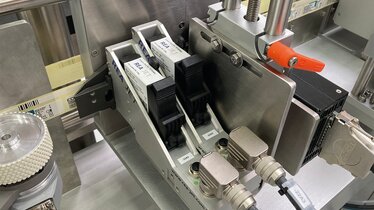
News
Quality first - A must also in the marking of high-quality pharmaceutical and medical products
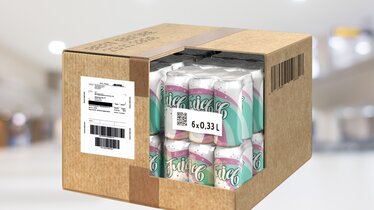
News
Sustainable, individual, reliable: logistics marking from REA
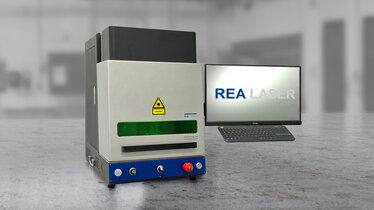
Blog
Pre-announcement: REA LASER LC400 laser cabin
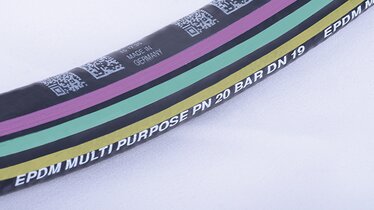
Blog
Marking expert REA presents modern product portfolio for the automotive industry

Blog
Reliably marking and wetting sheet metal and metal with REA

Blog
Colored print and logos on colored plastic

Blog
Marking expert REA presents modern product portfolio for the aluminum industry

Blog
Marking for the innovative packaging world

Blog
Systems for product and packaging labeling and code verification for the pharmaceutical and medical technology industry

Blog
Sustainable packaging and label printing - from product marking to late stage customization
